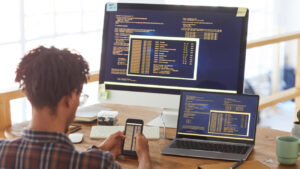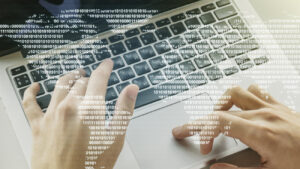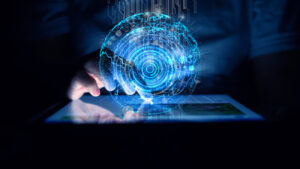The delicate character of quantum states makes quantum computers naturally prone to mistakes stated Bahaa Al Zubaidi. Quantum computations can be disrupted even by the tiniest environmental interference—that of electromagnetic fields or temperature variations. This makes broad acceptance of quantum computing dependent on error correction. Reliable computations at scale from quantum systems depend on quantum error correction (QEC) methods.
Value of Quantum Error Correction
Quantum computers store and handle information very differently than conventional computers. Classical bits show data as either 0 or 1; quantum computers employ qubits, or quantum bits, which can exist in several states concurrently under events like superposition and entanglement. For some jobs, this enables quantum computers to give exponential speed-ups and multiple calculations simultaneously. Qubits are nevertheless quite susceptible to outside perturbations. One mistake can cause the system to fall into a wrong condition and produce erroneous results.
Quantum error correction is particularly important because of this fragility to mistakes. Quantum error correction calls for complex methods to preserve the quantum state of the qubits, unlike classical error correction, which may only copy data to restore lost information. Measurement would collapse the superposition and lose the information; hence, this approach entails encoding the quantum information in a way that lets mistakes be found and fixed without directly measuring the quantum state.
Important Quantum Error Correction Methods
Notwithstanding these difficulties, researchers have created some creative quantum error-correcting methods. Among the most often used methods are:
Shor’s Code: Designed by Peter Shor in 1995, Shor’s Code is among the first quantum error correction codes. It can fix bit-flip and phase-flip problems and codes a single logical qubit into nine physical qubits. Although it offers a basis for quantum error correction, a main drawback of the code is its inefficiency in terms of the quantity of physical qubits needed for error correction.
Steane Code: Using just seven physical qubits to encode one logical qubit, the Steane code is a more efficient quantum error-correcting method. Working by encoding information in two separate bases, this kind of CSS (Calderbank-Shor-Steane) code can find and fix bit-flip and phase-flip faults, among other kinds of mistakes, by the Steane code.
Surface Codes: Because of their quite high fault tolerance and scalability, surface codes are regarded as one of the most exciting error-correcting techniques. Surface codes encoding logical qubits in a two-dimensional array of physical qubits help to They are especially suited for use in quantum systems where qubits are set in a grid; hence, they are perfect for quantum computing hardware architectures depending on two-dimensional qubit layouts.
Topological Codes: Aiming to secure quantum information by storing it in topologically stable states, topological error-correcting codes, such as the toric code, seek to make large-scale quantum computing ideal for these codes since they are very resistant to local mistakes. They are unaffected by local disturbances since they depend on the idea of “anyons,” particles with non-Abelian statistics that exist just in two dimensions.
Conclusion
Research on quantum error correction is absolutely vital and will help to define the viability of massive quantum computing. The possibility for breakthroughs in domains including cryptography, optimization, and artificial intelligence will become increasingly real as quantum computers grow stronger and able to manage mistakes.
Though major obstacles still exist, the evolution of error correction methods shows hope for making dependable quantum computing a reality. The article was written by Bahaa Al Zubaidi and has been published by the editorial board of tech domain news. For more information, please visit www.techdomainnews.com.






